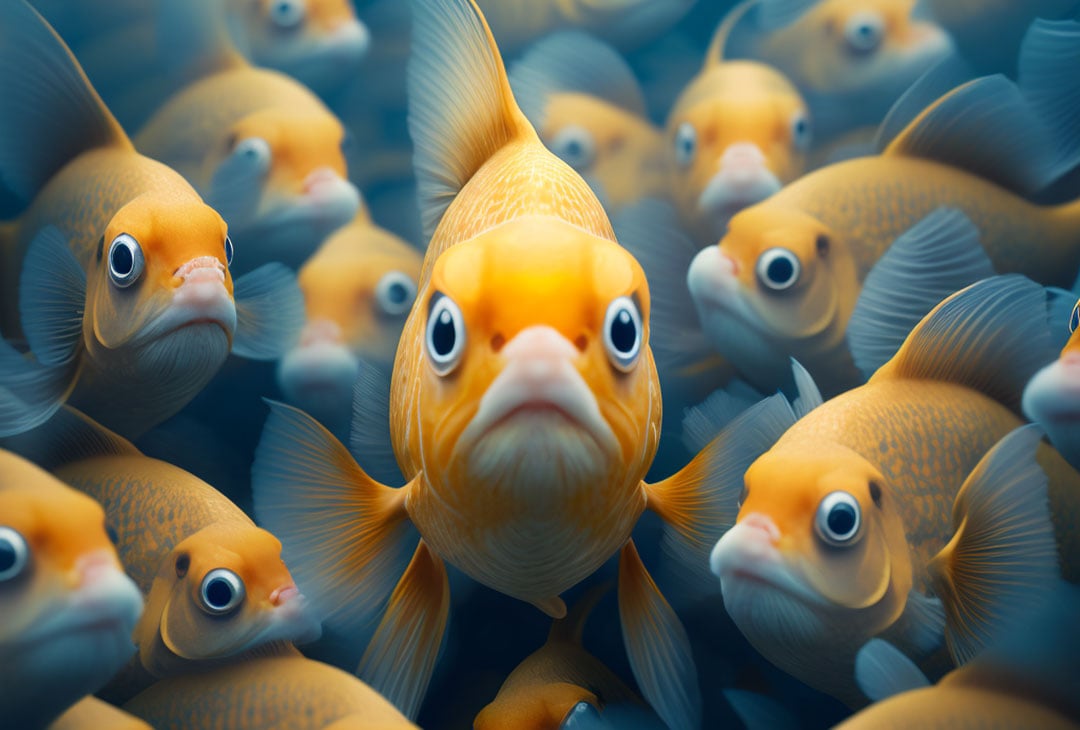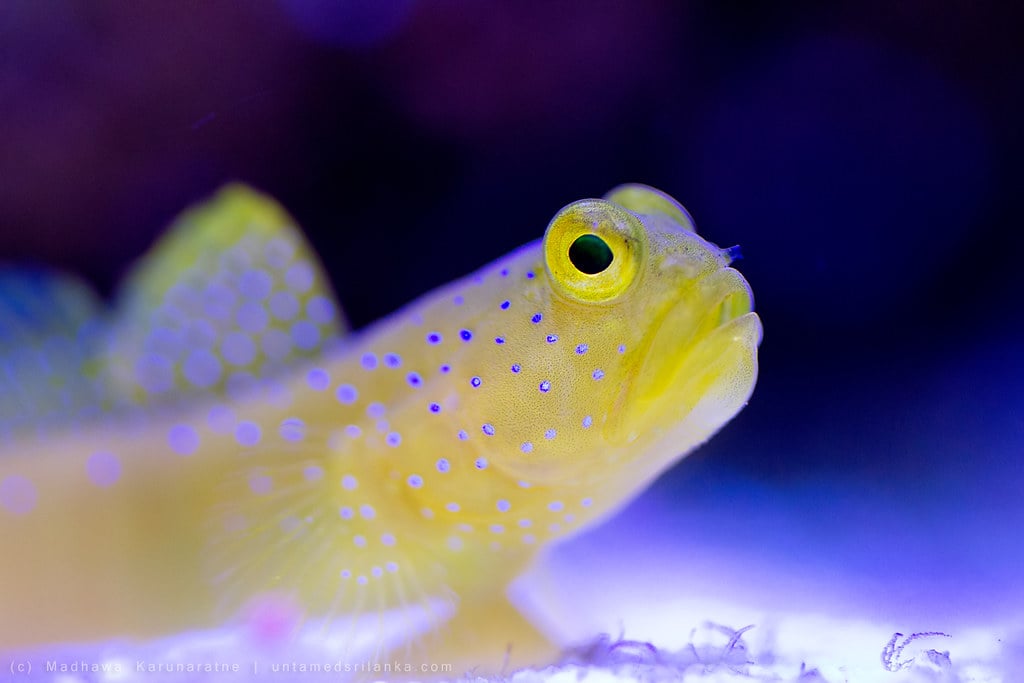This is a pretty niche issue so I’m looking for advice from people who preferably have experience with fancy goldfish. They are usually highly inbred and do often not adhere to regular fishkeeping practices
I have more and more fish that seem to get issues with mostly positive buoyancy (one with negative buoyancy).
I only feed with sinking pellets and always presoaked. I have tried raising the temperature, starving them for 3 days and feeding descale boiled peas.
I have also tried adding salt. Nothing has any long lasting effect.
I am now considering using yellow powder (funox) as I suspect bacteria to be the cause of it.
Out of 18 fish only a few swim with the belly up periodically. Many og the rest seem to be struggling with boyancy nonetheless.
Parameters seem ok. Ammonia and nitrite are always 0. Nitrate is maximum 20. I do weekly water changes of 50%-70% The water is pretty hard and PH is high but I think keeping it like this is better than trying to lower it and maybe exposing them to fluctuating parameters.
The only other issue I can suspect is that I use tapwater and not old water. There is not chlorine in our tap water so I feel it is safe.
What are your thoughts about my situation? Is my considered next step, of treating for bacteria valid? What would you do? I do not have access to aquatic vets and no access to microscope.


It’s been years since I have kept a tanks so please excuse me if my comment reflects out of date information but changing out 50-70 percent is a lot. I always used to do 20-30 percent and always with treated water (I used an off the shelf product for this).
I agree. This is also how I used to do with the community tanks that I had before. With goldfish it seems like larger water changes are more popular because they are so filthy as they are. That said, I could try changing less because the tank is not so heavily stocked and nitrates don’t accumulate that fast. I am more concerned about phosphates but have been thinking of usimgnsoecisonfiltrayion against that too anyway
I did use SEACHEM prime to treat new water before, but then realised that there is no chlorine or chloramine in the local water so I have stopped using it. This was mostly to protect the beneficial bacteria of the filtrer though.
Yea maybe dial down the ratio of water changes and see how it goes? The beneficial bacteria which you have also mentioned would be the full reasoning behind my suggestion just to be super clear.
Do you reckon that the beneficial bacteria get cleared with water changes if the fresh water has no chlorine and has approx same temperature?
Just a quick reminder that my experience here is very outdated. I’m in my 40s my last tank was four Oscars that I kept in my late teens to early twenties. I fully expect that knowledge and tech have moved a ways since I was involved in aquaria.
With that said: remember when you first started the tank and you cycled the water? That phase is the phase during which you establish an ecosystem in the tank. My very first thought reading your OP was for that ecosystem. Chlorine or no chlorine you’re knocking 50-70% of that ecosystem out with each water change. My (outdated) gut says that’s got something to do with your issues.
This is true, that in the beginning you build up the bacteria to support the nitrogen cycle.
But very few of them live as free floating bacteria in the water. The majority of them live on surfaces where they attach and multiply. This is why bio filter media is all about surface areas. Some of the best media is are ceramic ring that are so porous that a lot more bacteria can live in it than a regular sponge.
Changing water, mainly removes organic waste that no longer can be broken down by regular filters. Nitrate in particular, simply builds up and needs to be kept down with water changes.
If you just use tap water with chlorine, you risk that the chlorine may kill all or most of the beneficial bacteria, resetting the nitrogen cycle every time you do water changes. The same if you wash the filter in same tap water or even too got or too cold tapwater. This is why it is recommended to wast the filters gently in water from the tank.
The way I see it, Replacing water with chlorine-free water is not such a big issue and it also does not seem to affect the rate at witch ammonia and nitrite are broken down.
That said, there might be gasses in the fresh water that maybe affect the fish, or the sudden change in chemistry may affect the ones that are most prone. I am considering splitting the fish according to how sensitive they are, and doing mini water changes more often for the sensitive ones